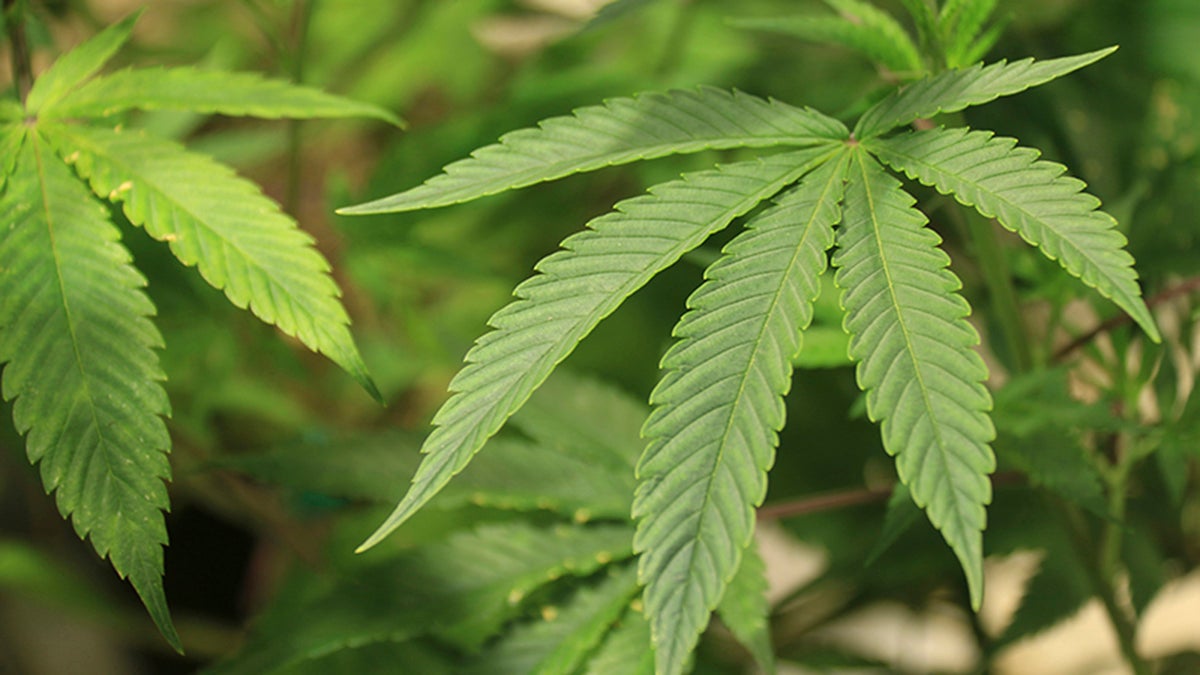Knowing the difference can help athletes decide on methods of pain relief

How should elite athletes deal with the inevitable pain that is associated with high-level sports?

Painkillers such as opioids, marijuana and CBD, which is a derivative of marijuana and hemp, are all medications used by athletes to manage pain. While all help to alleviate chronic pain and anxiety associated with athletics, they differ greatly both in terms of short-term and long-term effects on the body.
By understanding the potential benefits and side effects of each, athletes can make better decisions about the substances they are using to deal with injuries.
Opioids are commonly prescribed to professional athletes by team physicians. In contact sports such as football, their use can allow athletes to feel relief from chronic injuries. For this reason, it’s easy to see the potential benefit a team physician sees in these drugs.
Opioids make athletes feel more comfortable, thus allowing them to “play through” injuries that might otherwise keep them off the pitch, court or diamond. Instead, such substances can get an athlete through a season without missing games or practices and might allow them to avoid costly and potentially dangerous surgeries.
Unfortunately, there is one significant, and equally dangerous, drawback to taking these medications: They are highly addictive and can cause athletes to become dependent on them, not only to compete in their sport but potentially for their general health.
Consider former NFL quarterback Ray Lucas, who played in the league from 1996-2002 and points out that the dependency on painkillers doesn’t necessarily end when an athlete’s career does. Lucas claims, “In the NFL you get insurance for 5 years (after playing) then you’re on your own.” It can lead to players like Lucas to addiction problems with painkillers like Oxycontin, a commonly prescribed opioid.
Lucas suffered a neck injury that could have been repaired with a $400,000 surgery. Instead, team doctors prescribed opioids for him. His pill intake rose from 120 per month to 1,400 pills a month at the height of his addiction.
It is easy to see how destructive opioids can be to athletes, and therefore how vital it is to find substances with pain-relieving qualities that don’t have such detrimental health side effects — which is where drugs such as marijuana and CBD enter the discussion.
Marijuana has recently seen an upswing in public perception, as the Pew Research Center found in 2018 that 62% of Americans feel marijuana should be legalized. In 11 states and Washington, D.C., it already is legal. And 33 states have some sort of legalized maijuana laws. The polls and wave of states legalizing marijuana demonstrate that society has largely recognized its benefits in treating chronic pain and anxiety. Professional athletes understand its potential for treating pain in sports as well.
Former Detroit Lions receiver Calvin Johnson, one of the most productive wide receivers in recent history, was able to make catches that challenge one’s perception of what the human body is truly capable of doing.
His highlight-reel grabs make for great entertainment, elevating Johnson’s value and attracting NFL viewers. But not without a cost.
What viewers don’t always understand is the physical and mental pain that a career in a demanding sport can have on the athlete. In a revealing interview with Sports Illustrated, Johnson admitted that he smoked pot after each game. He played in 135 games in a nine-year NFL career spanning from 2007-2015. Johnson said that he suffered at least nine concussions during his career and the marijuana helped alleviate the pain associated with head trauma.
Research supports his assertion.
According to a study in the Clinical Journal of Sport Medicine, marijuana allows chronic pain to become more manageable, without the severe internal effects of many prescription opioids, and its authors said it’s potential benefits in reducing concussion symptoms “deserve further attention.”
While THC, which is one of marijuana’s active ingredients, has addictive qualities, only around 9% of users over the age of 18 have been found to develop a dependency on the drug. And it is clear that marijuana can help alleviate pain as well as reduce anxiety related to sports.
But despite its status as a drug that can be legally prescribed in 33 states and used recreationally by people of a certain age in 11 states and Washington, D.C., there remains one major issue with the drug: It is a banned substance according to the World Anti-Doping Agency. A positive drug test for marijuana in almost every major professional sport, regardless of whether the drug is legal where the team is located, will lead to a suspension and fines.
CBD, another of marijuana’s active ingredients, is not banned and is legal in all but a few states. This drug doesn’t contain the addictive aspect of THC, which means it is generally seen as a safer and potentially less harmful way of dealing with pain than both opioids and marijuana.
In fact, a study conducted in the Laboratory for Integrative Neuroscience found that CBD has significant anti-inflammatory properties, which potentially has great value in sports medicine. This substance is also unique in that it can be applied in different ways. CBD can be ingested as an edibles, in a liquid droplet added to water or another drink, or as a topical cream that can be applied directly to the inflamed joint or muscle. While using CBD to relieve pain seems practical and beneficial, it is a relatively new substance and little is known about its potential long-term effects.
Without extensive research and because it is often associated with marijuana, there is often a negative stigma attached to CBD in sport.
Opioids, marijuana and CBD all can play a pivotal role in an athlete’s ability to deal with the pain and anxiety that come with a career in sports. Opioids have been used as pain-relievers for longer than both marijuana and CBD, but can be highly addictive and cause internal problems such as liver damage. Marijuana has milder side effects, but remains a banned substance, despite no evidence that it is a performance-enhancing substance. And CBD, because of its close association to marijuana, carries a negative social stigma and has not been studied at length.
Only by understanding the benefits and potential pitfalls of each option can athletes truly make the decisions for their body as they seek to manage short-term pain without affecting their long-term health and well-being.
Joey Calistri is a professional soccer player on the pitch for Phoenix Rising FC and content off the pitch for Global Sport Matters. He has also contributed to various news outlets in Chicago, St. Louis and Phoenix.
Editor’s note: For the 2019-2020 academic year, the Global Sport Institute’s research theme will be “Sport and the body.” The Institute will conduct and fund research and host events that will explore a myriad of topics related to the body.
Related Articles
Medical benefits of athletes' marijuana use vary
Leagues being pushed to allow medical marijuana use for pain management
IOC’s policy on athlete medical marijuana use looser than U.S. sports leagues
Petition to increase funding for the research of CBD oil and seizure disorder in children
Has WADA helped or hurt the anti-doping movement?
Aussie anti-doping agency can now hack athletes’ phones
Push to allow professional athletes took hold in 1968 Olympic Games
IOC’s policy on athlete medical marijuana use looser than U.S. sports leagues
Mexico City Games became launch pad for athlete doping tests


